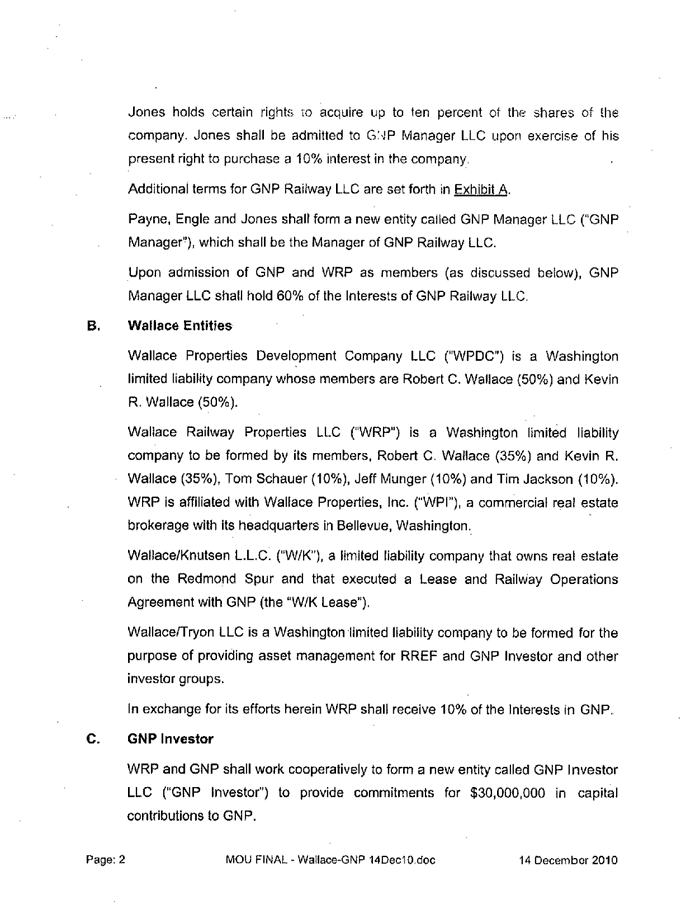Understanding P
Post on: 16 Март, 2015 No Comment

The two most critical figures that investors examine when evaluating a potential penny stock are the P/E and PEG ratios. While P/E ratios have existed ever since the inception of the stock market, PEG ratios are a more recent invention. Both of these popular indicators may be helpful to investors, but a thorough analysis will reveal why one is much more revered than the other.
The P/E ratio stands for price-to-earnings ratio, and it is used by investors to calculate how cheap or expensive a stock is in relation to its earnings. Using the P/E ratio, you can gain a sense of whether or not a stock is overvalued or undervalued. The ratio is determined by the following calculation:
P/E ratio = price per share / earnings per share
The price per share is simply the price for one share of stock according to the current market price. However, you will need to use the following calculation to determine the earnings per share:
Earnings per share = net income / total number of shares
The net income can be easily found on the company’s current income statement, which is provided on the website of nearly every public company.
The lower the P/E ratio of a company, the cheaper the stock usually is. The higher the P/E ratio, the more expensive the stock is in relation to its current earnings. Unfortunately, this alone does not provide you with a complete picture. Sometimes, companies will trade at extremely high price-to-earnings ratios because they have a high expected future growth rate. So, sometimes investors are willing to pay more per share than the company’s current worth because they expect the company to be worth much more in the future.
Therefore, you shouldn’t necessarily avoid a company that has a high P/E. In fact, sometimes these companies are excellent investments, because they will pay a large future dividend if their earnings skyrocket. So, investing in a company with a high P/E can either be a very smart or a very foolish decision.
As is the case with a high P/E, deciding whether or not to invest in a company with a low P/E can also be a complex decision. If the P/E is low, it could indicate that the company’s earnings are expected to drop sharply, causing the share price to plummet as investors flee from the stock.
On the other hand, a low P/E ratio may also indicate that a company is undervalued, making it an excellent purchase as long as it is expected to experience consistent future earnings growth. If this is the case, the price of the stock will rise.
Unfortunately, determining whether a low or high ratio is positive or negative is not an easy task. To do so, you must consider the expected future earnings growth in order to come to a sound investment decision.
Noticing the potential pitfalls associated with using the P/E ratio to determine the worth of a stock, analysts developed the PEG ratio, which is a much better measurement. PEG is the acronym for price-to-earnings growth ratio, and it is calculated by the following:

PEG = P/E ratio / annual growth of earnings-per-share
The higher the PEG ratio, the more overvalued a company is. Most investors consider a PEG ratio of one or less quite excellent. For instance, if the P/E ratio of a company is 30, and the annual growth of its earnings-per-share is 50 percent, the company would have a PEG of 0.6, which would make it a terrific purchase because it is undervalued and the price of the stock is nearly guaranteed to rise.
Conversely, if the PEG ratio of a company is 1.5, then the price of its stock is high in relation to its earnings growth. This means that unless the company is projected to grow at a much faster rate in the coming years, the price of the stock may fall. So, it is quite obvious that the PEG ratio is a much better stock evaluation tool. It is able to tell investors whether or not the price of a stock is justified and if it is likely to climb or fall in the near future.
The P/E ratio is helpful, but it does not account for the annual earnings growth of a company. Increasing earnings are one of the driving forces behind a stock’s price increase. Therefore, by using the PEG ratio, you can truly determine whether the current price of a company is too high or whether it is an excellent time to scoop up the stock.
If you are a beginning penny stock investor, this information may seem foreign at first. However, using these ratios will help you successfully evaluate stock prices like the pros. Begin by setting aside some money to purchase a stock that has a low PEG. The stock may not go up immediately, but unless there is a fundamental problem with the company, you should notice a significant increase over the long run.














